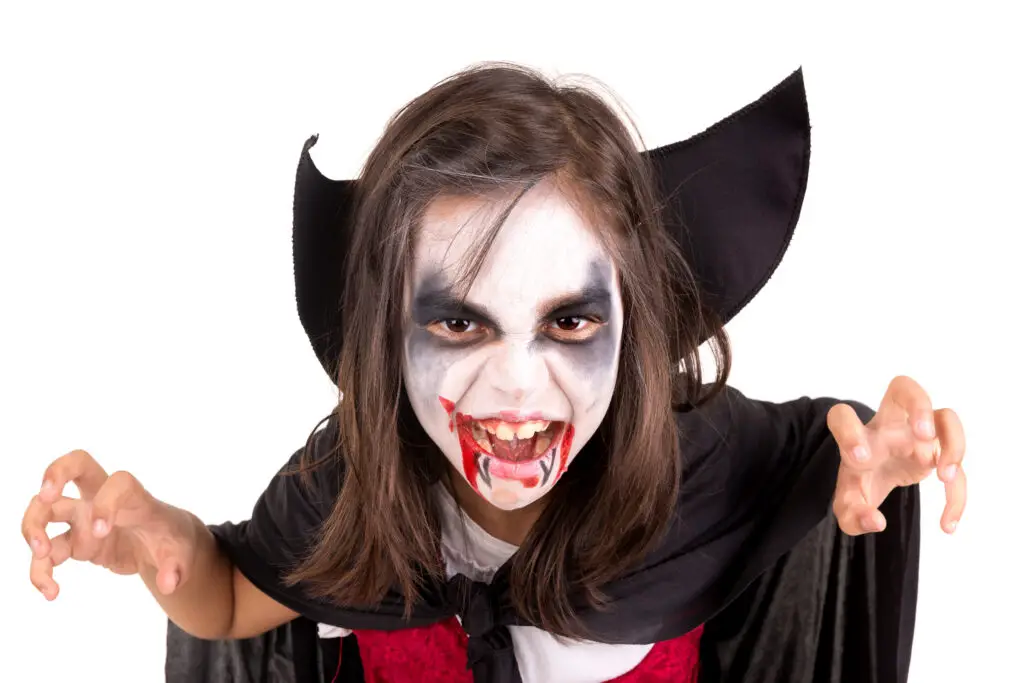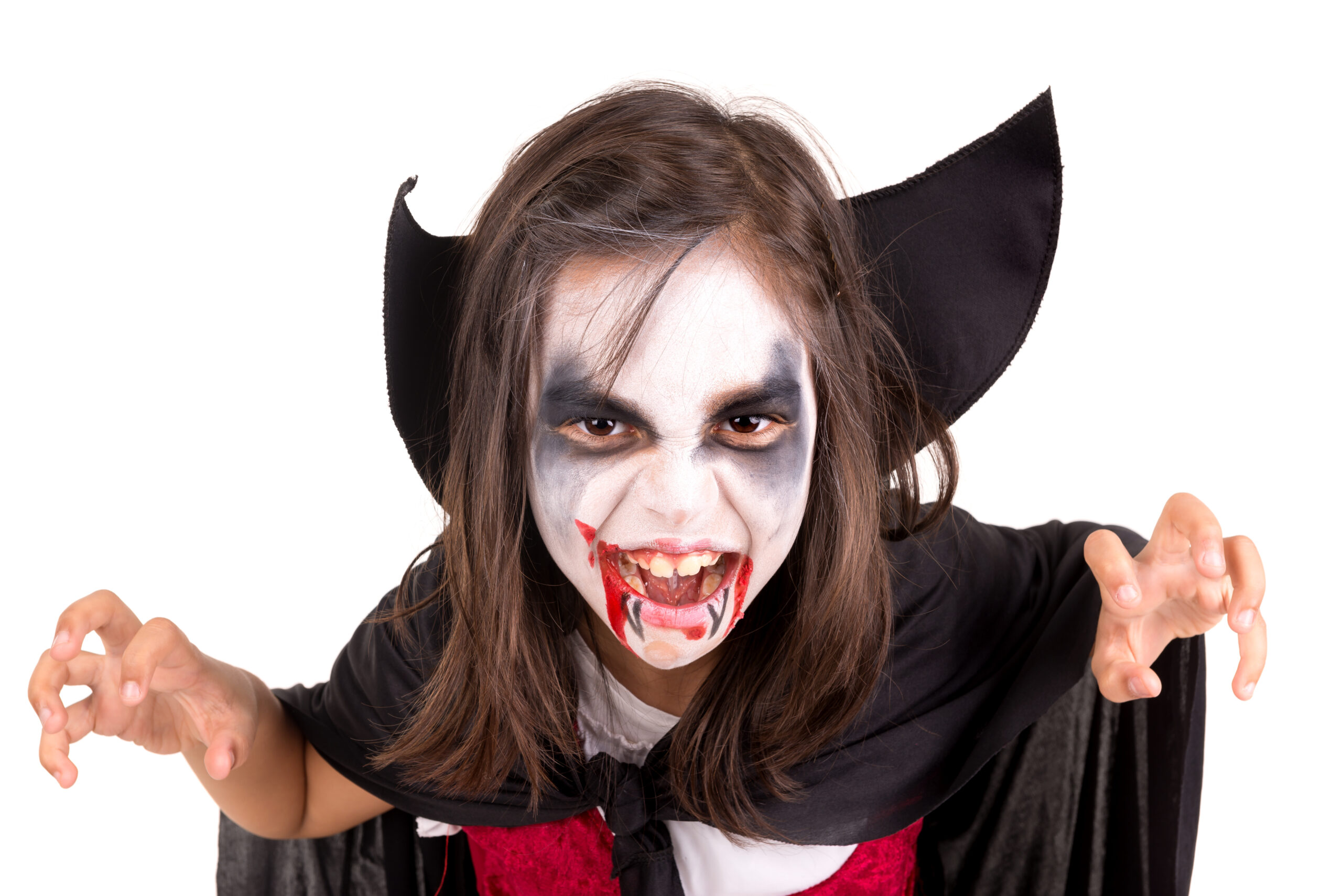
Thanks to the success of the Twilight books and films, werewolf and vampire costumes are enormously popular with children and teenagers. They’re always a good bet for fancy dress parties and they can be fun to wear for adults too. If made well, they can last a long time and can be kept at the back of the wardrobe so you always have something to wear on a spooky special occasion.
Choosing Fabrics
A common mistake in costuming is to choose the cheapest fabrics on the market. While these may give people the right idea about what you’re trying to be, they’ll rarely look good, and they won’t capture the stylishness of the vampire or the ruggedness of the werewolf. Avoid flimsy fabrics and cheap fake furs that easily pull apart. If you’re on a budget, you can usually find what you need at a good price by shopping around.
A slight improvement in the quality of your fabric will make the process of sewing much easier and will therefore save you time and frustration. Velvets and satins work well for vampires. Werewolves don’t need to be furry all over – any rough-looking grey fabric will do for the bulk of the costume. Would-be werewolves should bear in mind that it can get very warm inside an all-fur costume at a crowded party. Remember that you may need lining to make costumes comfortable on the inside.
Making a Vampire Costume
The most important element of a vampire costume is the cloak. You can construct this simply and easily by cutting out four isosceles triangles, each as long from tip to base as the distance between the nape of your neck and your feet, from a piece of velvet. Identical satin triangles (scarlet, purple or white) can be used to line them. Join them together and use your remnants to build a collar at the top. You can stiffen this with starched fabric and add a decorative clasp at the throat.
Male vampire costumes work well over black trousers and a white shirt, perhaps with a waistcoat. For a female costume, wear a long, dark-coloured skirt and a bodice, either on its own or over a white blouse. You can make a quick imitation bodice by buying a cheap velour t-shirt, cutting off the sleeves, scooping out the neck and adding eyelets to lace it down the front.
Properly applied make-up will always add to the effect of a vampire costume. White greasepaint is great, but simple talc will often do the job, especially if accompanied by dark eye make-up. Twilight fans can add body glitter for that extra sparkle.
Making a Werewolf Costume
It’s easy to go overboard with a werewolf costume. To get it right, concentrate on the features that really send out a message of wolfishness – the ears, the claws, and the tail. You can make a simple hood out of any stretchy grey fabric and add ears to it by inserting stiff, starched fabric into triangular pockets of fake fur. Remember to make them pointy and attach them two to three inches above your own ears.
For claws, take a pair of grey gloves and glue fake nails onto the end. You can clip these to make them pointier and can use nail varnish or acrylic paint to make them look grey and bloodstained. Create a tail by folding over and sewing together a long strip of fake fur, then padding out with stuffing material or fabric scraps. Your tail should reach just past your knees. You can attach it to a belt if you don’t want to attack a pair of trousers, but make it secure as it’s likely to get pulled.
For the rest of your body, any grey clothing will do, but a waistcoat made of grey fake fur really adds to the effect. Finally, use grey greasepaint on your face and stick on a few extra hairs – loose fibres left over from your fabric are ideal. Then go out and enjoy a great party!

